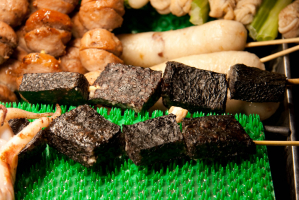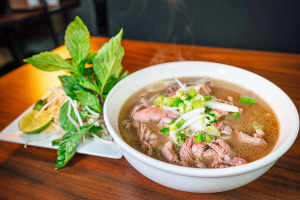Top 8 Most Popular Korean Fruits
Fruits grown in Korea are unique because of their high quality and taste. While some popular fruits like strawberries, peaches, and apples can be found across ... read more...the world, many Korean fruits are grown almost exclusively domestically. The unique climate and difficulty growing means that many fruits from Korea are expensive in overseas markets. Many fruits grown in Korea are hybrids, meaning that they’ve been cultivated by cross-breeding two existing varieties of fruit. This gives them a unique flavor and texture, and can also contribute to the high price in premium supermarkets. Below are the most popular Korean fruits, let's find out!
-
Yuzu is a citrus fruit and plant in the family Rutaceae of East Asian origin. This fruit's color varies depending on how ripe it is, but it resembles a little grapefruit with uneven skin and a yellow or green hue. Although they can be as huge as a standard grapefruit, yuzu fruits typically have a diameter between 5.5 and 7.5 cm and are incredibly scented.
Yuzu forms an upright shrub or small tree, which commonly has many large thorns. Leaves are notable for a large, leaf-like petiole, resembling those of the related kaffir lime and ichang papeda, and are heavily scented. Many characteristics of yuzu are similar to those of sudachi, but unlike sudachi, yuzu finally ripens to an orange color, and the flavors of the fruit change just slightly from one another.
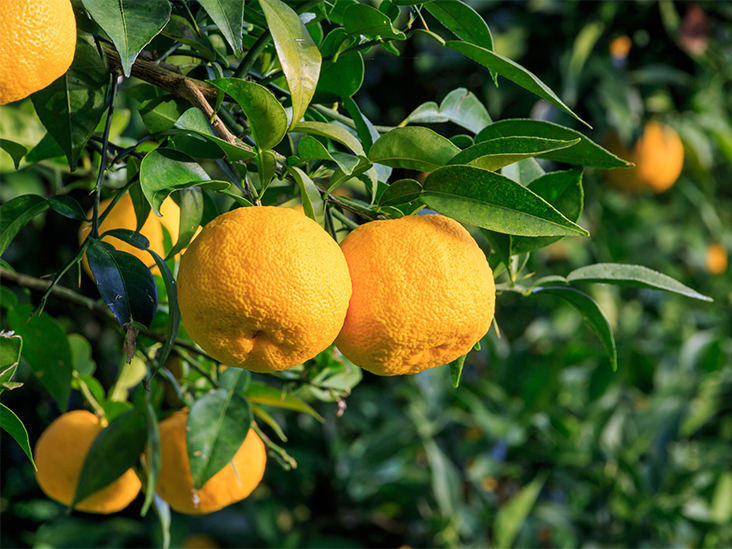
Healthline 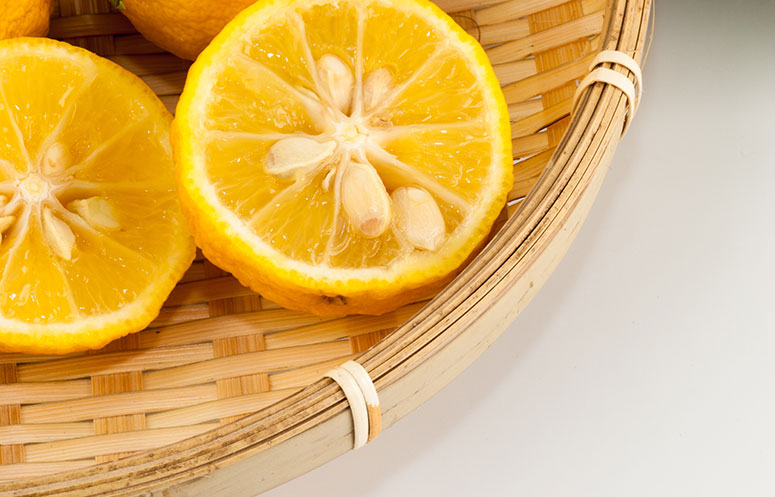
Eckes-Granini Group -
Peaches are spherical fruits with a diameter ranging from 5 to 9 cm. They can be identified by the downy fluff that covers their delicate skin. The fruits change color as they ripen, from green to yellow to orange, with a rich crimson blush on the side that faces the sun. The central stone is a firm, almond-shaped rock that is covered in flavorful, juicy flesh that has a deep orange color. Peaches have a sweet flavor that perfectly balances acid and sweetness. This fruit is associated with the tradition and culture of Korea. Koreans consider it the “Fruit of longevity, happiness, honor, and riches”.
Peaches are "stone fruits" and are categorized botanically as Prunus persica. They are related to apricots, plums, cherries, and almonds. Peaches come in hundreds of different types, including hybrid and heirloom varieties. Peaches can be classified as either freestone or clingstone, depending on whether the pit adheres to the fruit's flesh or can be readily removed. Peaches can have either yellow-fleshed or white-fleshed flesh.
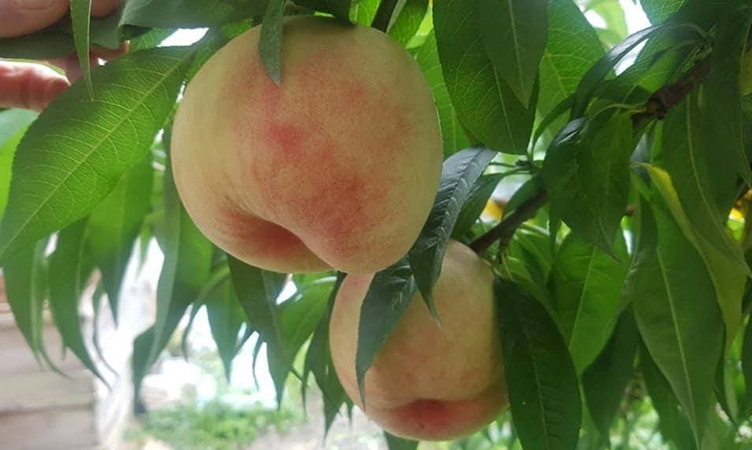
SomethingJAM! 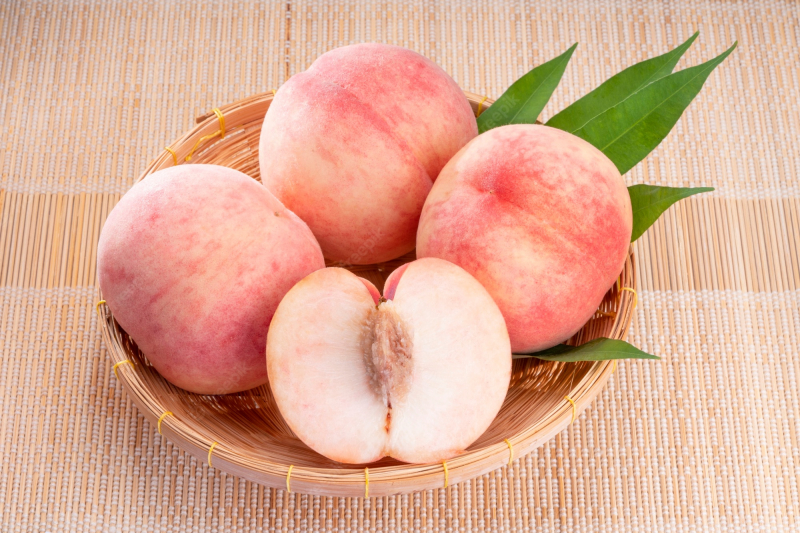
Freepik -
Greengage plums, or Prunus domestica as they are known botanically, are extremely sweet fruits that belong to the Rosaceae family. Greengage plums have a slightly deceptive appearance because green-colored fruits are frequently linked with unripe, acidic flavors; yet, in actuality, they are one of the sweetest-tasting plums grown anywhere in the world. Greengage plums are typically eaten fresh as a dessert plum and are praised for their balanced, sweet, and acidic flesh. Greengage plums are acclaimed for their flavor, but due to their biannual bearing, delicate nature, and demanding cultural requirements, they are not commercially grown.
Greengage plums have a tiny, round, ovate, or oval shape with curving shoulders and a somewhat flattened base, measuring 2 to 4 centimeters in diameter on average. When mature, greengage plums have a soft texture and a light-brown pit that may be easily removed from the middle of the fruit. With their sweet, honeyed, syrup-like flesh and acidity, greengage plums have a balanced flavor with hints of dried apricot, ripe mango, and citrus marmalade. This healthy fruit is a common ingredient in honey plum tea and plum syrup in Korean cuisine.
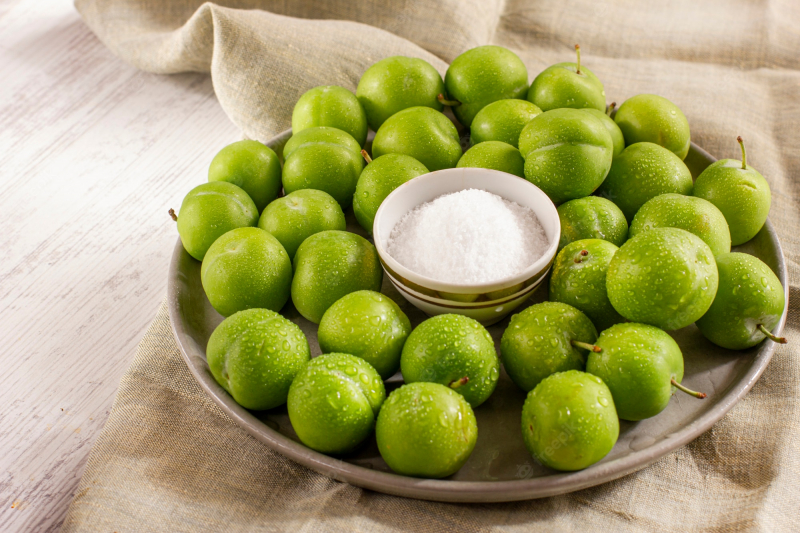
Freepik 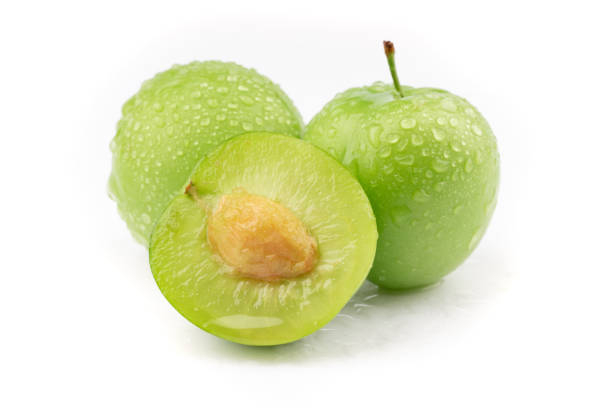
iStock -
Nashi pear (Korean Pear, Apple Pear, or Sand Pear) is a fantastic Korean sweet treat after each meal. This fruit is native to East Asia and spreads to India, Nepal, New Zealand, the United States, and Australia. Its flowers are the symbol of spring in this country. It has green skin that is covered in countless little dots. It resembles well-known Western pears. There are some variances between them, though.
The flavor and size of a Japanese pear will be gentler. If you enjoy crisp pears, you should prefer Nashi because it has a crunchier texture than Western pears. The spherical shape of this fruit makes it easy to recognize this cultivar. Koreans will not use it in pies or jams because of its high water content, crunchiness, and grainy texture. Typically, people consume raw Nashi Pear after each meal. Moreover, it appears in soy or vinegar-based sauces and beef dishes. Because of its high price, it becomes a popular gift for your guests or consumed in family gatherings. In Korea, some famous places contain its name, such as The Naju Pear Museum or Pear Orchard for Tourists.
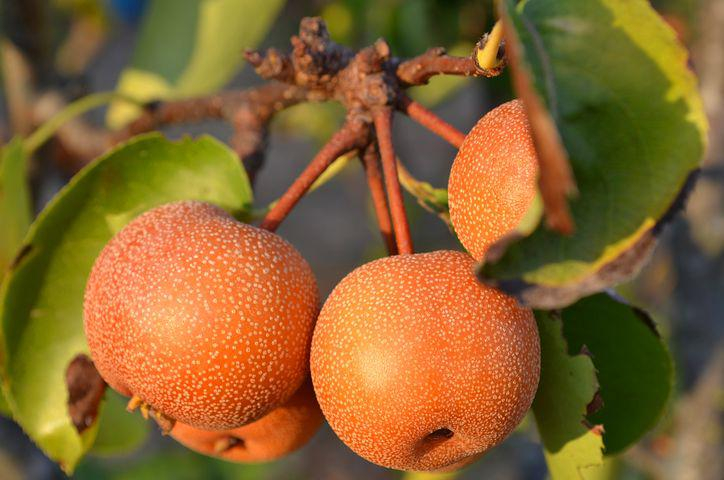
Pixabay 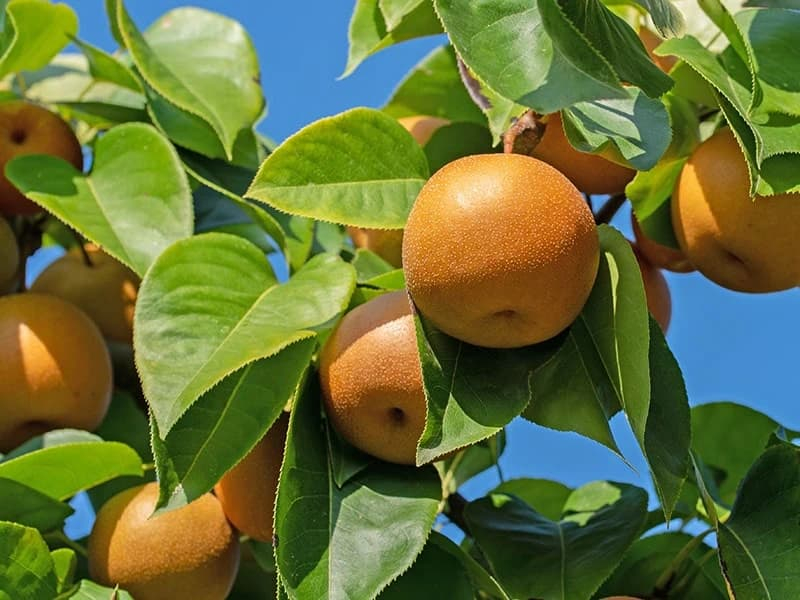
iStock -
The Korean melon is a broad term for a number of different types of small, edible melons in the Cucurbitaceae family. It is called Chamoe in Korean, and “Cham” means “true”, “oe” means “melon”. Summer in Korea is symbolized by melons, which are typically served chilled as a meal to calm you down. Melons are preferred for their small, portable size, hydrating qualities when consumed, neutral flavor, and firm, crisp flesh.
Averaging 10 to 20 centimeters in length, Korean melons are small to medium-sized fruits with a consistent, oval to oblong shape and blunt, curled edges. The melon's bright yellow, the thin, smooth, waxy, matte peel has linear, uniformly spaced white sutures that run the whole length of the fruit. Korean melons have a mild aroma when they are mature, feel hefty for their size, and give slightly when pressure is applied. The peel, flesh, and seeds of the melon are all edible. The seeds and fibers are frequently regarded as the sweetest part of the melon, while the rind has a little bitter flavor. The flesh has a crisp, succulent texture and hints of banana, melon, cucumber, and honeydew. It is mildly sweet and flowery in flavor.
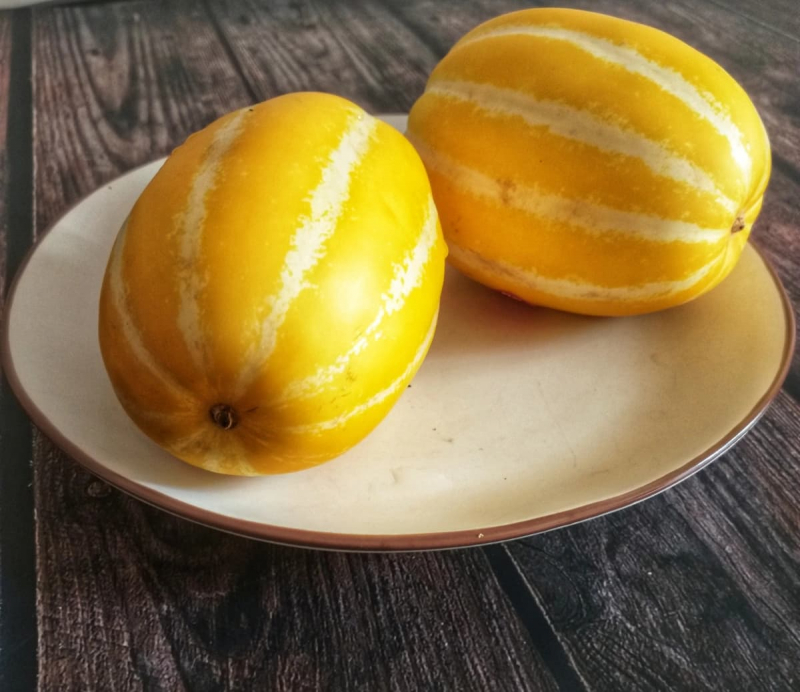
The Carmen Sutra 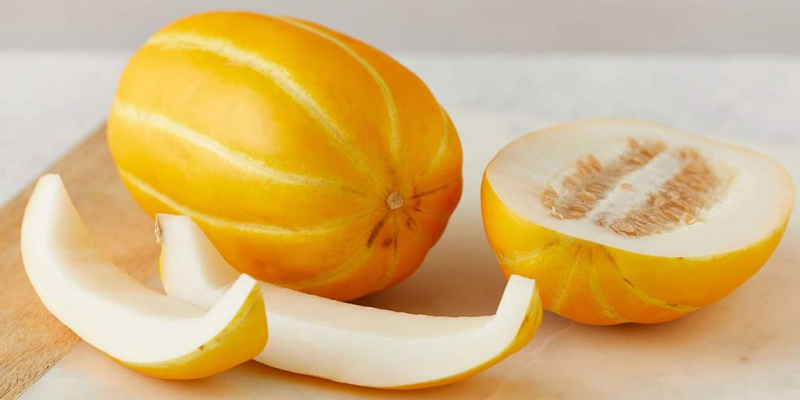
HerZindagi -
Botanically a member of the Vitis genus, Kyoho grapes are a hybrid variety that belongs to the Vitaceae family. The name Kyoho was given in honor of the illustrious Mount Fuji and approximately translates to "great or enormous mountain top." The huge, juicy, and sweet-tasting dark purple grapes are prized for their size and are a special variety that fetches premium prices because of the painstaking care they require to grow. Kyoho grapes are mostly eaten fresh as table grapes, but they are also professionally employed to flavor a variety of popular snacks, candies, and liquids. In Korea, people usually consume it as a mouthwatering dessert. In addition, it is an excellent choice to add to many cocktails. In 2015, about 365000 hectares of land were used to cultivate Kyoho grapes.
The huge variety of Kyoho grapes grows in rounded bunches of uniformly sized, dense clusters. Each grape is plump, spherical to oval in shape, and ranges in diameter from 2 to 4 centimeters. The skin is thick, shiny, taut, and smooth, and it ranges in color from dark purple to almost jet-black. It is crucial to remember that the seeds have a bitter taste and should be thrown away. Kyoho grapes have a sweet, rich flavor reminiscent of concord grapes because of their mild acidity and high sugar content, which normally ranges from 18 to 20 Brix.
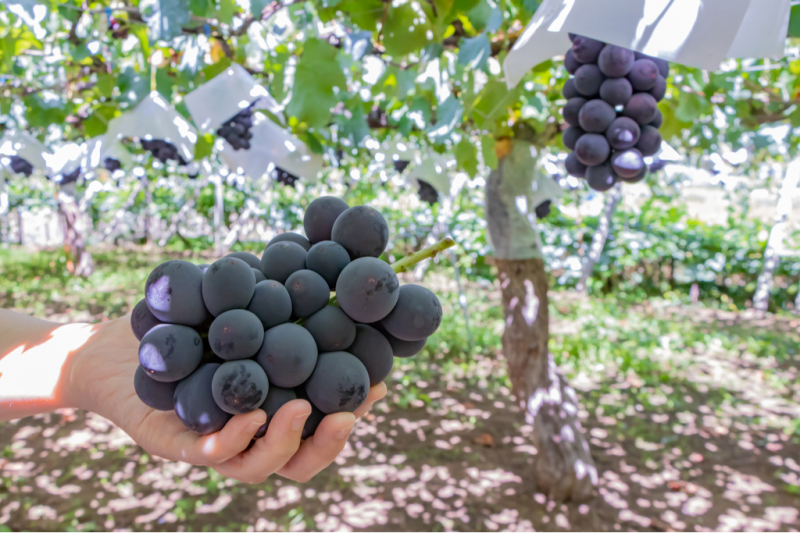
Sakuraco 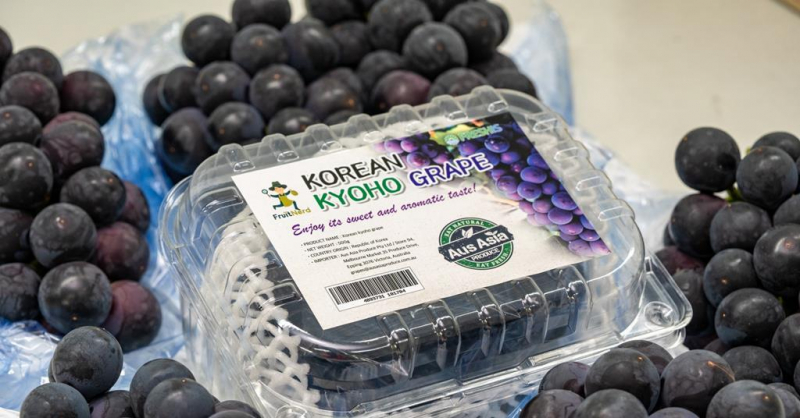
Fruitnet -
Citrus japonica, the scientific name for kumquats, is a tiny, tart-sweet fruit in the Rutaceae family. The compact size, bright, zesty flavor, and cold-hardiness of the citrus make it a favorite. According to experts, there are four to six different types of kumquats, with Nagami, Marumi, and Meiwa being the three most often grown varieties globally. Kumquats are associated with the Lunar New Year Festival in Asia and frequently stand for luck and success. The fruits are also taken from the tree with glossy green leaves and given as gifts to families and friends. The trees are frequently planted in entrances or grown as bonsai.
Kumquats are tiny fruits with an oblong, round, or oval shape that range in size from 2 to 5 cm. The fruit's thin, glossy, taut skin has conspicuous oil glands dispersed throughout it and ripens from green to golden yellow, orange, or red-orange depending on the type. There is little to no bitter white pith in the fruit, and the skin adheres firmly to the meat. Kumquats are a special type of citrus fruit since the skin, flesh, and seeds are all edible. The fruit's peel is sweet, lightly flowery, and fruity, which counteracts the harsh, sour flavor of the meat to provide a powerfully sweet-tart flavor with a zing of citrus.
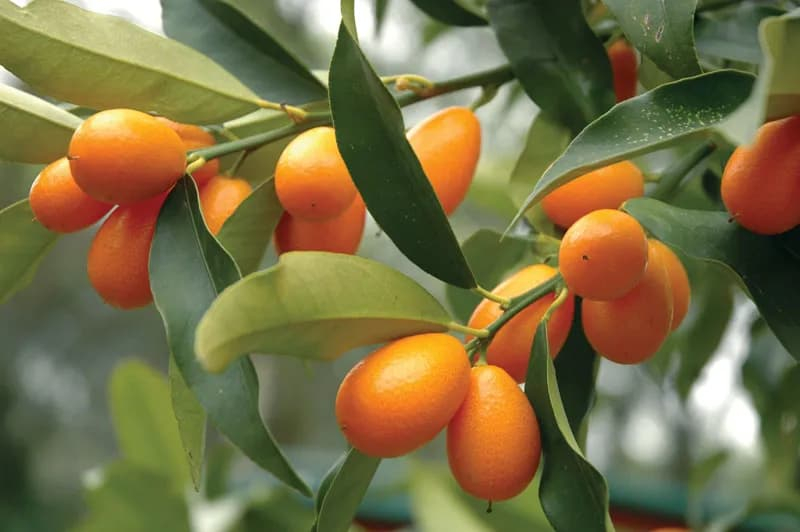
Britannica 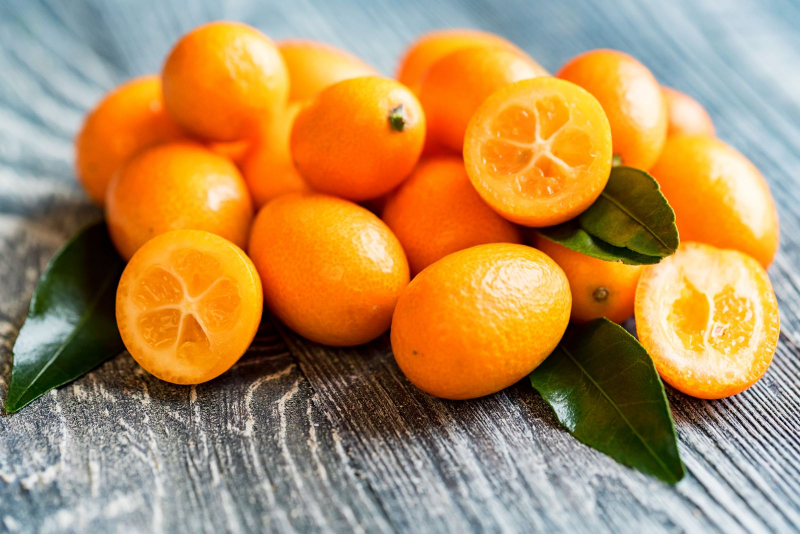
Plantura Garden -
Persimmon is an indispensable name in this exotic Korean fruit list. It is a member of the Ebenaceae family and native to China, Northeast India, and Indochina. South Korea, Japan, and China are the most persimmon producers worldwide. It first appeared in Korea in the fourteenth century and then slowly spread throughout this nation. Its skin exhibits yellow-orange or deep red-orange undertones depending on the kind. When making Sujeonggwa with ginger and cinnamon, dried gam is a fantastic option.
Ripe persimmons typically exhibit colors of orange, dark brown, or yellow. This fruit's primary flavor is sweetness. Its flavor may make you think of honey. The sugars fructose, glucose, and sucrose are abundant in this fruit. After three to five days of storage, it will start to turn dry. Dried persimmon can be used in food in a variety of ways. It is wonderful to make top-notch teas and other beverages from them. As a result, it's common to see persimmons strung up outside of Korean homes. Persimmons come in two primary varieties: astringent and non-astringent. The astringent variety has a heart-like form and is high in tannins. The non-astringent kind, meanwhile, has a tomato-like appearance and contains little tannin.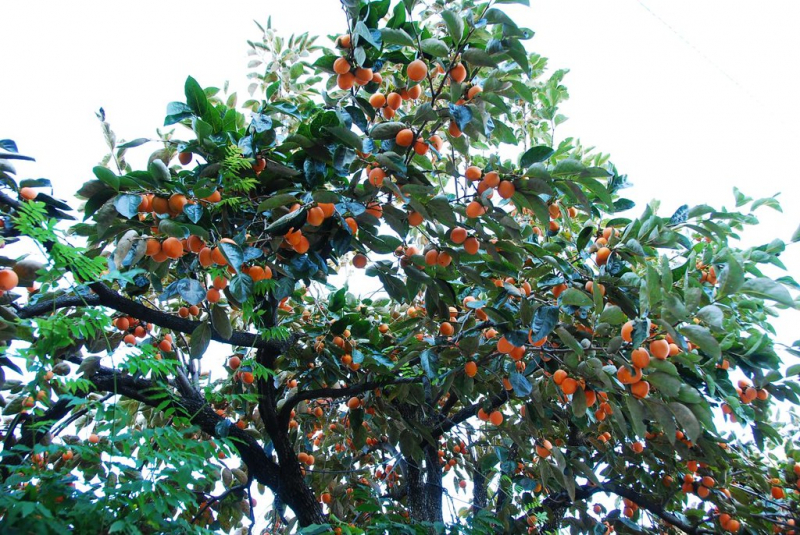
Flickr 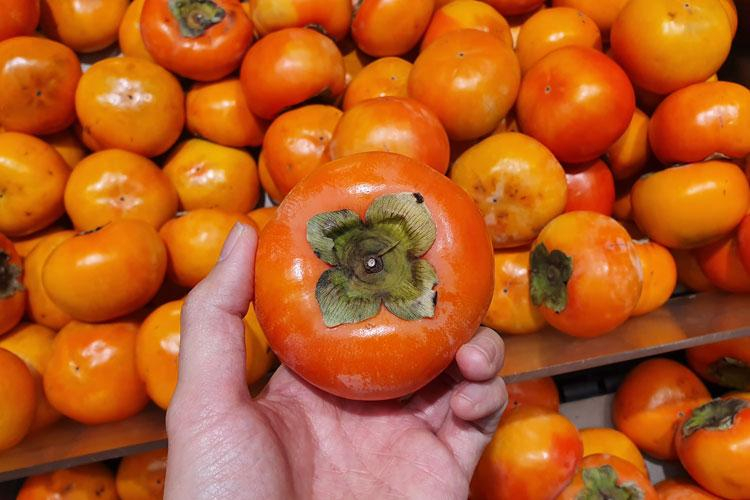
Stripes Korea - Stars and Stripes
























